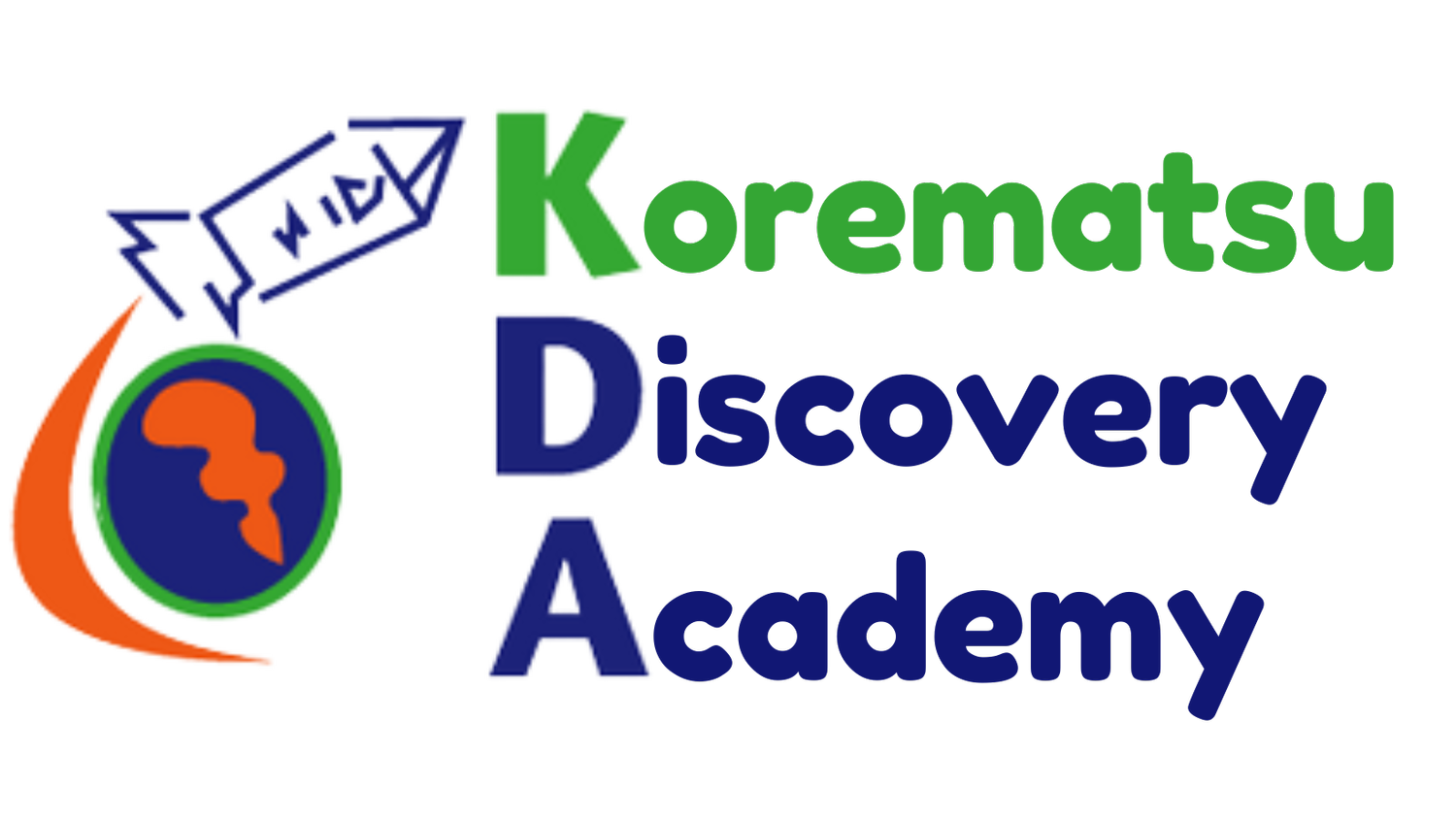We take a science- & brain-based approach to literacy at KDA. Students will build their competencies in “The Big 5” (phonemic awareness, phonics, vocabulary, fluency, and comprehension) through a wide variety of texts, genres, and strategies. Students have access to complex texts, read alouds, and grade-appropriate levels to build well-rounded and lifelong readers.
Phonological Awareness
Phonological awareness is crucial to students’ success in reading. Being able to hear and manipulate sounds and sound patterns is a top priority for building the foundation for reading in our TK-2nd grade classes. We focus on several skills including:
Identifying beginning, middle, and ending sounds
Segmenting words (breaking words into individual sounds)
Blending (blending individual sounds to make words)
Chunking syllables
Rhyming
Swapping sounds to make new words
All teachers in TK-2nd grade classes utilize the Dynamic Indicators of Basic Early Literacy Skills (DIBELS) to progress monitor important skills literacy acquisition. Students in grades 3-5 who are flagged in iReady screeners are also provided acceleration groups to support this learning.
Phonics
Phonics knowledge is students’ understanding of sound and letter relationships. Students are learning to decode (read) and encode (spell) words that build in difficulty from single syllable words to long vowels and multisyllabic words.
All students in grades TK-2nd grade receive explicit instruction in phonics through whole group systematic learning through UFLI. Students in grades 1-5 who need additional support in these skills are provided small group acceleration with SIPPS PLUS and one-to-one daily tutoring through our partnership with Ignite! Reading.
Fluency
Fluency is the ability to read quickly, effortlessly, and automatically. At KDA, we know that fluency is needed to reach comprehension. For that reason, teachers focus on skills to build connections between what is seen on the page and how it is mapped in the brain (orthographic mapping). This includes daily fluency practice with learned skills, automatic letter-naming and word-reading fluency monitoring, and repetition and review both in the classroom and at home.
Comprehension
Vocabulary-building is crucial for comprehension and meaning-making. At KDA, we focus on both oral vocabulary (speaking) and reading vocabulary (in text).
At KDA, we focus on both explicit and indirect instruction of new vocabulary. Our teachers are trained and utilize strategies from Project GLAD (Guided Language Acquistion Design) to support students in learning and using new words and sentence structures. All classrooms, TK-5th, also have a dedicated English Language Development (ELD) time to practice and expand on new vocabulary from our content units.
Vocabulary
Vocabulary-building is crucial for comprehension and meaning-making. At KDA, we focus on both oral vocabulary (speaking) and reading vocabulary (in text).
At KDA, we focus on both explicit and indirect instruction of new vocabulary. Our teachers are trained and utilize strategies from Project GLAD (Guided Language Acquistion Design) to support students in learning and using new words and sentence structures. All classrooms, TK-5th, also have a dedicated English Language Development (ELD) time to practice and expand on new vocabulary from our content units.
Writing
Students are encouraged to write across all subject areas and curriculum. Throughout the year, students have the opportunity to write in several genres including narratives, persuasive pieces, opinions, informational non-fiction, and fiction.
“Write what should not be forgotten.”






